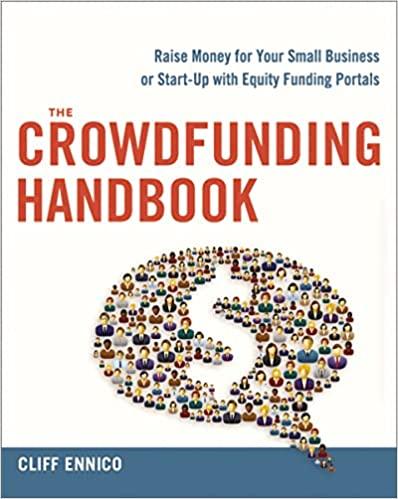Answered step by step
Verified Expert Solution
Question
1 Approved Answer
Question 1: Question 2: Question 3: Question 4: Bond Valuation with Annual Payments Jackson Corporation's bonds have 13 years remaining to maturity. Interest is paid
Question 1:

Question 2:

Question 3:

Question 4:
Bond Valuation with Annual Payments
Jackson Corporation's bonds have 13 years remaining to maturity. Interest is paid annually, the bonds have a $1,000 par value, and the coupon interest rate is 8%. The bonds have a yield to maturity of 9%. What is the current market price of these bonds? Do not round intermediate calculations. Round your answer to the nearest cent.
$ ______
d Valuation and Interest Rate Risk e Garraty Company has two bond issues outstanding. Both bonds pay $100 annual interest plus $1,000 at maturity. Bond L has a maturity of 15 years, and Bond S has a aturity of 1 year. a. 1. What will be the value of each of these bonds when the going rate of interest is 4% ? Assume that there is only one more interest payment to be made on Bond S. Do not round intermediate calculations. Round your answers to the nearest cent. Bond L: \$ Bond S: \$ 2. What will be the value of each of these bonds when the going rate of interest is 8% ? Assume that there is only one more interest payment to be made on Bond S. Do not round intermediate calculations. Round your answers to the nearest cent. Bond L: \$ Bond S: \$ 3. What will be the value of each of these bonds when the going rate of interest is 11% ? Assume that there is only one more interest payment to be made on Bond S. Do not round intermediate calculations. Round your answers to the nearest cent. Bond L: \$ Bond S: \$ b. Why does the longer-term (15-year) bond fluctuate more when interest rates change than does the shorter-term bond ( 1 year)? I. Longer-term bonds have less interest rate risk than shorter-term bonds. II. Longer-term bonds have less reinvestment rate risk than shorter-term bonds. III. Longer-term bonds have more interest rate risk than shorter-term bonds. Yield to Maturity and Required Returns a. 1. What is the yield to maturity at a current market price of $829 ? Round your answer to two decimal places. % 2. What is the yield to maturity at a current market price of $1,104 ? Round your answer to two decimal places. % b. Would you pay $829 for one of these bonds if you thought that the appropriate rate of interest was 15% that is, if rd=15% ? Explain your answer. I. You would buy the bond as long as the yield to maturity at this price is greater than your required rate of return. II. You would buy the bond as long as the yield to maturity at this price is less than your required rate of return. III. You would buy the bond as long as the yield to maturity at this price equals your required rate of return. IV. You would buy the bond as long as the yield to maturity at this price does not equal your required rate of return. Bond Yields and Rates of Return issued.) a. What is the bond's yield to maturity? Do not round intermediate calculations. Round your answer to two decimal places. % b. What is the bond's current yield? Do not round intermediate calculations. Round your answer to two decimal places. % two decimal places. % d. What is the bond's yield to call? Do not round intermediate calculations. Round your answer to two decimal places. %Step by Step Solution
There are 3 Steps involved in it
Step: 1

Get Instant Access to Expert-Tailored Solutions
See step-by-step solutions with expert insights and AI powered tools for academic success
Step: 2

Step: 3

Ace Your Homework with AI
Get the answers you need in no time with our AI-driven, step-by-step assistance
Get Started


